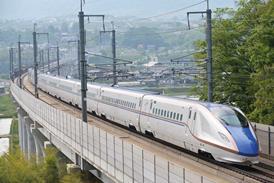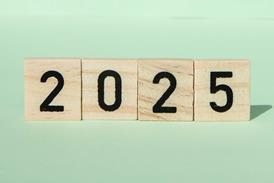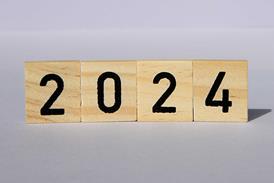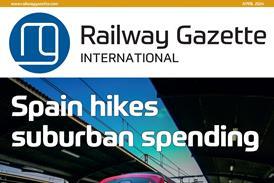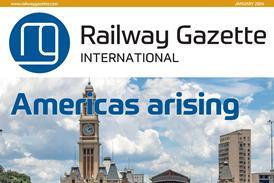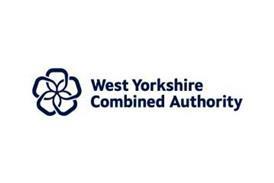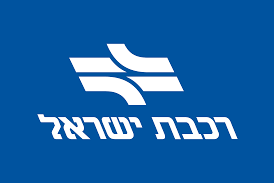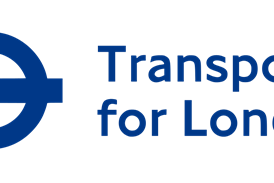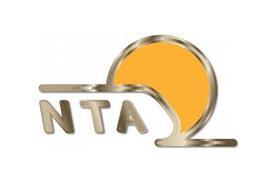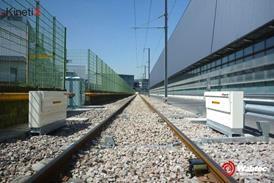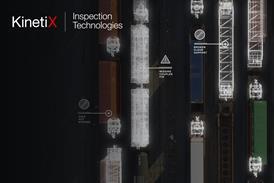AFRICA: As two European companies start work on short-term contracts to rescue the existing railway networks in the Democractic Republic of Congo, word reaches us of ambitious plans to build more than 3 000 km of new railway in that country, together with further spending on roads, hospitals and hydro-electric power projects.
Although few details have been released, the investment package outlined by Infrastructure Minister Pierre Lumbi on May 9 forms part of a US$9bn agreement between DRC and China, which will give the Chinese access to more than 10 million tonnes of copper and 600 000 tonnes of cobalt in mineral-rich Katanga province over 30 years. The idea is to form a joint venture owned 32% by DRC's state-owned mining company Gecamines and 68% by Chinese firms including China Railway Engineering Corp and Sinohydro. The Chinese would build the transport corridors needed to move the minerals to the Atlantic coast and other routes connecting the north and south of the country, which Lumbi said would provide 'the foundation on which the growth of our economy is going to be built'.
In Cameroon, meanwhile, Australian mining group Sundance Resources has a concession to develop iron ore reserves at Mbalam, near the border with Congo Brazzaville. These are expected to generate around 35 million tonnes of haematite each year for export to Europe, India and China. The company told investors last month that it had identified a preferred route for the 490 km standard-gauge railway which would link the mine to a proposed port at Lolabi, around 140 km south of Douala. Sundance hopes to start construction by mid-2009, with the first ore to be shipped in mid-2012.
The continuing search for minerals could see the revival of railway operations in Sierra Leone, which abandoned its national network in the 1970s. African Minerals Ltd confirmed on May 7 that it had signed a memorandum of understanding with the government to build and operate a 150 km railway between its iron ore project at Tonkolili and the deep-water port of Pepel near Freetown.
This route would incorporate the 66 km line built in 1933 to carry ore from the Sierra Leone Development Co mines at Marampa, but consultants have been appointed to look at converting the near-derelict 1 067 mm gauge line to standard gauge. Africa Minerals believes the Tonkolili reserves could generate up to 25 million tonnes a year.


